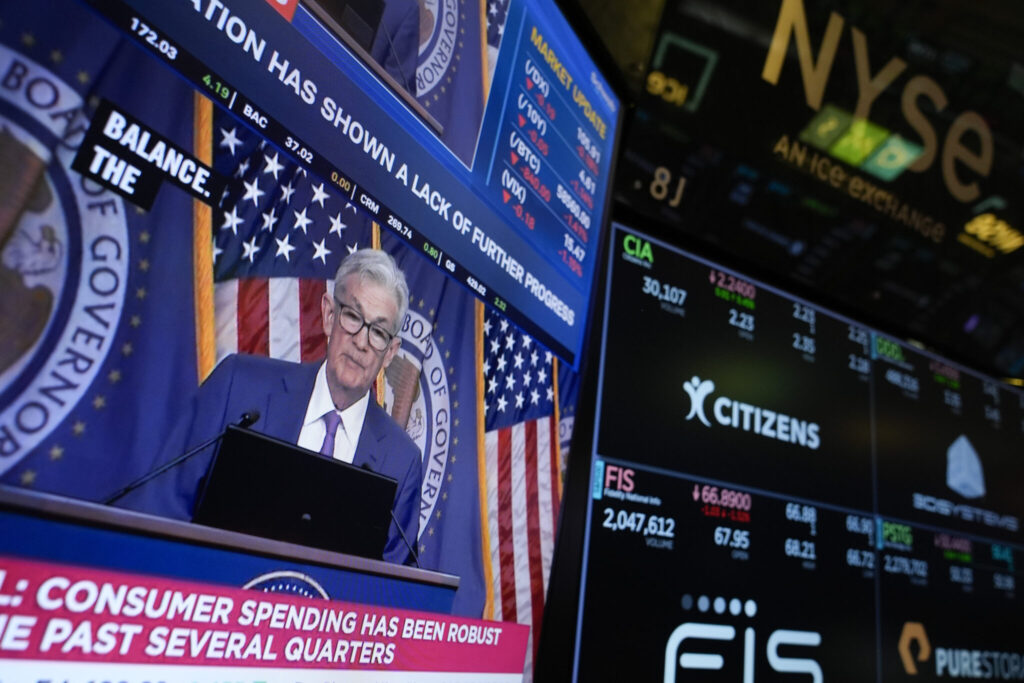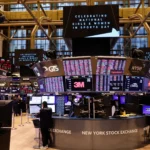Federal Reserve officials at their most recent meeting welcomed recent signs that inflation is slowing and highlighted data suggesting that the job market and the broader economy could be cooling. Both trends, if they continued, could lead the Fed to cut its benchmark interest rate in the coming months from its 23-year peak.
Quick Read
- Federal Reserve Minutes: Inflation Cooling, But More Evidence Needed for Rate Cuts
- Federal Reserve officials noted signs of slowing inflation and a cooling job market at their June 11-12 meeting.
- They highlighted slower wage growth and retail price cuts as positive signs for reducing inflation pressures.
- Concerns were raised about potential layoffs if the job market cools further, indicating a need to balance inflation control with employment stability.
- The Fed’s focus is shifting from solely curbing inflation to also considering employment impacts.
- Minutes revealed that officials see progress but need more data before cutting interest rates.
- Chair Jerome Powell mentioned that the Fed has made “quite a bit of progress” toward its 2% inflation target.
- Despite recent positive inflation trends, officials remain cautious about the timing and number of potential rate cuts.
The Associated Press has the story:
Fed’s minutes: Inflation is cooling, but more evidence is needed for rate cuts
Newslooks- WASHINGTON (AP) —
Federal Reserve officials at their most recent meeting welcomed recent signs that inflation is slowing and highlighted data suggesting that the job market and the broader economy could be cooling. Both trends, if they continued, could lead the Fed to cut its benchmark interest rate in the coming months from its 23-year peak.
The minutes of the Fed’s June 11-12 meeting, released Wednesday, showed that the policymakers saw several factors that could further ease inflation in the coming months. These factors included the slower growth of wages, which reduces pressure on companies to raise prices to cover their labor costs.
The policymakers also pointed to anecdotal cases of retail chains and other businesses lowering prices and offering discounts, a sign that customers are increasingly resisting higher prices.
And in a noticeable shift from previous minutes, the officials cited concerns that a further cooling in the job market would likely lead to layoffs. So far, slowing demand for workers has mostly appeared in the form of fewer job postings.
The concern about a possible increase in layoffs suggests that the Fed needs to consider both of its policy goals: Stable prices and full employment. That is a shift from the previous two years, when the Fed was focused solely on curbing inflation, which reached a four-decade high in 2022 of 9.1%, while the job market remained strong.
The minutes of the Fed’s meetings sometimes provide key details behind the policymakers’ thinking, especially about how their views on interest rates might be evolving. The financial markets are eagerly awaiting more clarity about the likely timetable for the Fed to begin cutting its benchmark rate. Rate cuts by the Fed would likely lead, over time, to lower borrowing costs for mortgages, auto loans and credit cards as well as business borrowing, and could also boost stock prices.
After their June 11-12 meeting, Fed officials issued a statement saying that inflation had resumed declining toward their 2% target. But they also scaled back their expectations for rate cuts this year, from three cuts to just one.
At a news conference, though, Chair Jerome Powell downplayed the forecast for a single cut and said either one or two cuts were equally plausible. Four of the 19 policymakers said they envisioned no rate cuts at all this year. The remaining 15 officials were nearly evenly split between one and two cuts.
On Tuesday, financial markets drew encouragement from remarks Powell made during a monetary policy conference in Portugal. Powell said the Fed had made “quite a bit of progress” toward bringing inflation back to 2%.
Consumer price increases were persistently high in the first three months of the year, he noted, but in April and particularly May, inflation resumed the steady decline that had begun in the second half of 2023.







